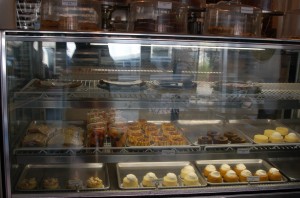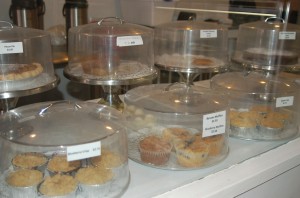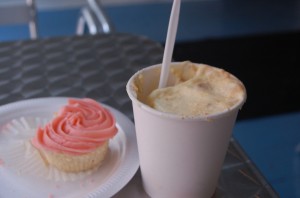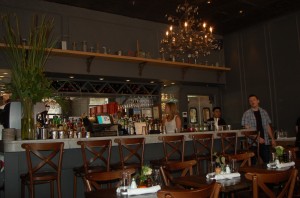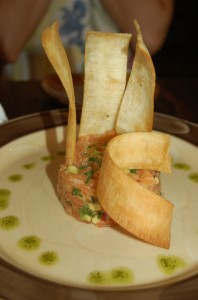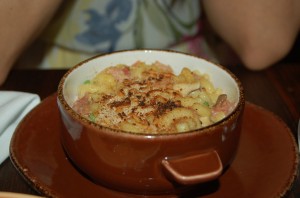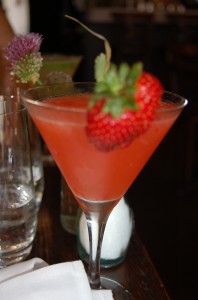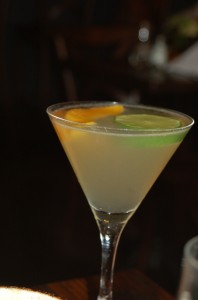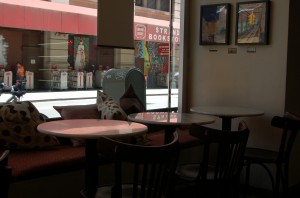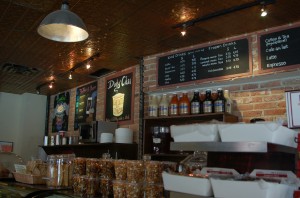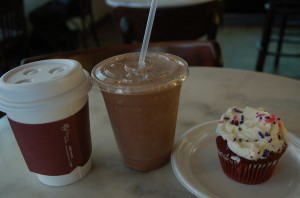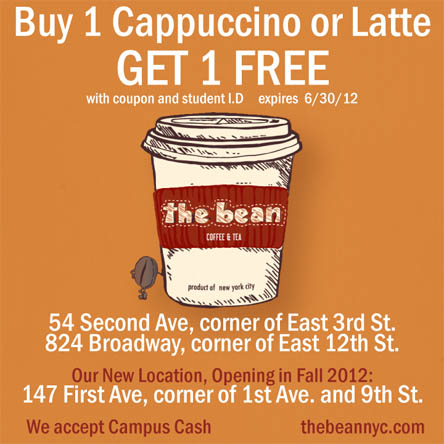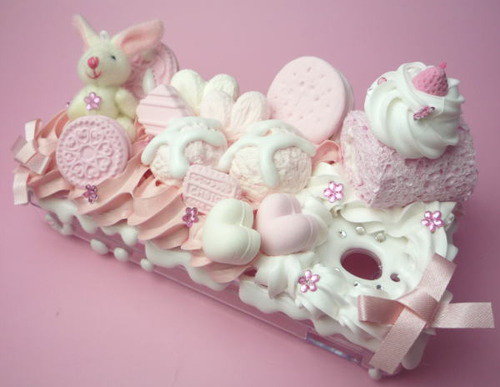My first time was in a Kmart. My best friend and I were walking around a shopping center near home, looking to kill time after school before starting our homework. We stumbled across the section of discounted books and could not help but pause to giggle at the shirtless, six-packed Fabios on white horses holding women in flowing white dresses (I’m not sure if any of the books actually had that cover, but I wouldn’t doubt it). Once I saw the “2 / $6” stickers on some of the books, I knew that I would be making a purchase that day.
Beth purchased The Millionaire’s Inexperienced Love-Slave while I went for The Glass Slipper and Pure Temptation, which flaunted a muscly man with medium-length brown hair lounging under satin sheets with his arms thrown back as if he thought that he was posing for a dictionary entry of the novel’s title. When we got to the registers with our books, I found out that the bargain price stickers on my two books were lies, and that I would be making the cheapest purchases of my life: books that cost a penny each. I suspected two things: first, that there was a glitch in the register system, and also that the books were even worse written than originally suspected, with its writing perhaps as cheap as my receipt suggested.
 Romance novels have been referred to as “smut” and female pornography due to the sexual content that some books contain. However, while some books certainly do contain explicit scenes, others contain nothing more than hand-holding and church-rated kissing. Happy endings, which usually lead to marriage, are essentially required by the genre (Romeo and Juliet is one of the most famous unhappily-ending romances); there are, by definition of the romance novel, requirements concerning plot. If the storyline can only be damaged without the sexual elements, the novel is most likely to be classified as an erotic romance novel (example: Fifty Shades of Grey).
Romance novels have been referred to as “smut” and female pornography due to the sexual content that some books contain. However, while some books certainly do contain explicit scenes, others contain nothing more than hand-holding and church-rated kissing. Happy endings, which usually lead to marriage, are essentially required by the genre (Romeo and Juliet is one of the most famous unhappily-ending romances); there are, by definition of the romance novel, requirements concerning plot. If the storyline can only be damaged without the sexual elements, the novel is most likely to be classified as an erotic romance novel (example: Fifty Shades of Grey).
Though I’ve held myself back from reading the Fifty Shades of Grey trilogy in public, not as daring as the several women in whose laps the books can be found on the train I take every day (I’m sure there are some with the e-book, too), I have a steadily increasing amount of experience with this division of women’s fiction. Apart from my internship with the Campus Clipper, I work with a literary agency. Having only found a small amount of information about the agency before my interview with the company, I resorted to thinking that the agency specialized mainly in helping authors publish romance novels, since most of the information I found suggested so. It turns out that while the agency does do this, it is by no means a romance-only agency. Regardless, I checked out a few romance novels the library, hoping to familiarize myself with the type of writing that the agency represents before I started working there.
My mother was recently recommended the now-infamous Fifty Shades of Grey trilogy, and she suggested that I also read it to bone up (no pun intended) on the genre as well as current popular reads. Now done with the first book, she is admittedly a little uncomfortable with this suggestion to her youngest daughter.
Ironically, despite being among the least respected, romance is the most popular North American genre, consisting of almost 55% of paperback books sold in 2004 (e-books are becoming increasingly popular in romance sales, particularly for erotic romance, probably because it allows discretion). About 91% of the consumers are women. While the stigmas that can come with the romance genre seem to be taken lightheartedly by the general public, there are those who are enraged by the books. While some argue for the sake literature, others believe that the books are immoral, degrading, and even dangerous.
What makes these books so appealing and popular? The Fifty Shades trilogy, the first of which was published in June 2011, has gone viral, surpassing the Harry Potter series as the fastest-selling paperbacks. But surrounding the book’s rise on the best-seller charts is a load (I can’t help myself) of controversy. The male protagonist’s appeal to BDSM makes the novel more risqué than the average romance, and the popularity of the trilogy has some worrying about the implications that the book gives about what is okay in the bedroom (or the setting of choice).
One woman wonders, “Do middle-aged women, the main audience for this book, really view the threat of violence as an aphrodisiac? And isn’t it dangerous to turn a BDSM-addict into a romantic hero? Would we want our daughters dating Christian Grey?”
Comments such as these might be related to concerns in the 1860s, when critical attention was focused on romance novels because the female reader was believed to be susceptible and vulnerable to ideas. It was believed during this time and for decades later that women should be reading more wholesome works like those that taught them about a moral society and how to be humble homemakers.
EL James’ books are by no means the first romance or erotic romance novels to be published. Fifty Shades has not invented anything new in either the world of literature or the world of sex, or even BDSM for that matter. People could just as easily get ideas from these books as from another million sources. Also, as critic Caroline Lucas argues, just as in the 1860s, readers can exercise “resistant reading,” choosing which ideas they will and will not adopt from a text. Besides, from what I understand, the trilogy distinguishes between BDSM and abuse, and never implies that abuse is okay.
Romance novels have been around for quite some time. According to RadioLab’s podcast “The Greatest Hits of Ancient Garbage,” the most common finding in a landfill of ten centuries of ancient Egyptian garbage is papers of a romance novel (you can hear snippets of it read at 16:13 on the podcast). Though it took an archaeology expedition to make this discovery, we can more easily find early evidence of romance in print such as in Medieval tales of courtship and chivalry and Renaissance literature such as plays and poems by Shakespeare. The Romantic Period shifted the focus towards courtly relationships ending in marriage, which is where most modern romance novels still end.
One major distinction of these earlier works from the modern ones is that most early works were written by and for men of a patriarchal society and from a male character’s point of view. The first best-seller romance novel was written during this time, in 1740 with Samuel Richardson’s Pamela. Written from the heroine’s viewpoint for a change, it sold like wildfire.

Light, enlightenment, or phallic symbol?
Jane Austen and Charlotte Brontë are two well-known Victorian romance writers, and though it can be argued that the sexuality in their romances is more subdued, I ask you to look at the symbolism within their work. I remember being a sophomore in high school and shaking my head in fear every time my English teacher suggested phallic symbolism in Jane Eyre. (Also, I suggest a look at Andrew Marvell’s 1650s poem “To His Coy Mistress” which might be summed up colloquially as “Stop being prude, let’s bang.”)
Such novels, particularly those written by female writers, helped to pave the road for women’s literature, introducing characters that were strong and generated sympathy for the condition of women in society. They often suggested a female quest for freedom and independence. As women outside of the fictional world of novels began to experience freedom for themselves and became literate, more liberated romance novels emerged.
Perhaps the most free expression in romance novels can be found in erotica, where authors have to have a decent set of balls to write without restriction (many just have a decent pseudonym instead). Renowned writer Anaïs Nin, after having drafted an apparently- withheld draft, was once told by her agent to “Leave out the poetry and descriptions of anything but sex.” The result was Delta of Venus, which has apparently been forgotten about in the midst of the Fifty Shades outrage.
withheld draft, was once told by her agent to “Leave out the poetry and descriptions of anything but sex.” The result was Delta of Venus, which has apparently been forgotten about in the midst of the Fifty Shades outrage.
Working at the literary agency, I have gained a greater respect for romance writing and those who can write romance well and, yes, for those who can write decent sex scenes (hey, if you’re going to convince me that the character is having the best sex of her life, you better not describe the same thing again and again). Perhaps the most notable feature of modern romance novels is the ease of the read. Unlike an Austen or Brontë romance, the writing of a typical modern romance should be taken plainly and doesn’t feel heavy or make the reader think too much.
But this mindless reading is the reason why literary critics everywhere tend to bash romance novels, saying that they lack merit or do not contribute to the world of literature. Unfortunately, this also paints a bad image of romance readers such that makes them look unintellectual and jaded, ironically bringing the representation of the romance reader back to where it was when women were still generally accepted as the lesser sex.
Some scholars believe that romance novels create submissive readers by showing the female protagonists ignoring issues other than love and marriage. But if we colloquially distinguish our “love life” as a “separate” life, why can’t we have books that also do so? Are mystery novels ignoring everything but unsolved murders? Do fantasy books ignore everything but magic?
Those who argue in favor of romance novels say that they are socially significant because they offer insight into human (usually female) ideals. Whether written on ancient papyrus paper, hidden under a Victorian pillow, or proudly displayed on a Metro North train, it is clear that these ideals, no matter how controversial, have been popular for a long, long time.
While I can’t exactly argue with the assessment of the quality of typical modern romance writing, I will say that not everything that is written strives to contribute to the same world as Hemingway and other literary greats. Sometimes people write and read just for enjoyment. Romance novels are like the flashy sequin shirts worn to a club or the French fries ordered as a side to a salad—not meant to be taken seriously, but meant, instead, to be fun, a sort of escape. In fact, romance novels have experienced a rise in the current recession, just like Margaret Mitchell’s Gone with the Wind did during the Depression. Lawyer and book-blogger Jennifer Lampe says, “Given the general dismay and gloominess, reading something like a romance with a happy ending is really kind of a relief.” And that’s what modern romance novels are really about. Romance novels are written to be enjoyed, not to enlighten, and they are, simply, about pleasure—the pleasure of reading.
———————————————————
Carina, New York University. Read my blog and check out my Twitter! FOLLOW ME!!
Click here to download the Campus Clipper iTunes App!
Follow Campus Clipper on Twitter or keep current by liking us on Facebook.
Interested in more deals for students? Sign up for our bi-weekly newsletter to get the latest in student discounts and promotions and follow our Tumblr and Pinterest. For savings on-the-go, download our printable coupon e-book.


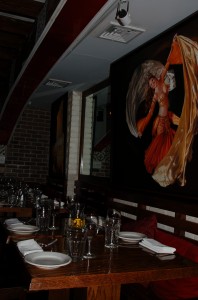


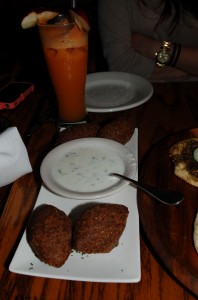

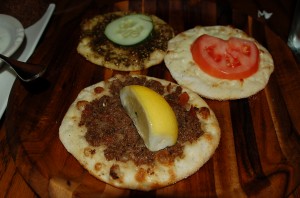
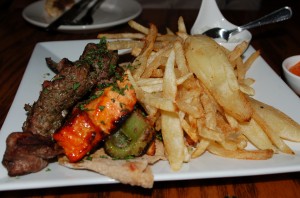
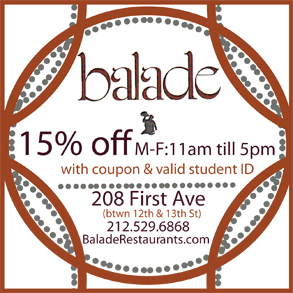





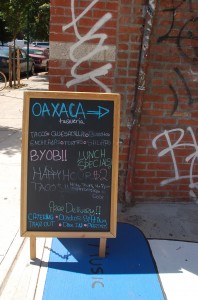
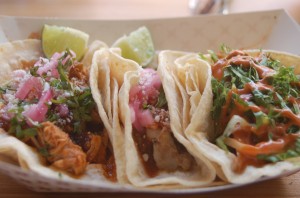
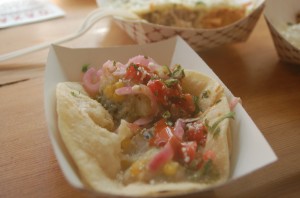
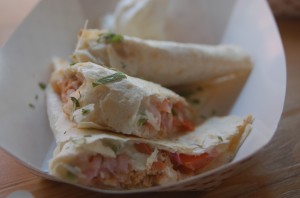
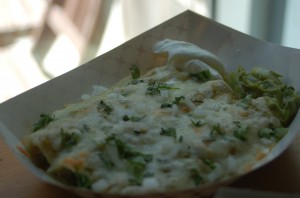
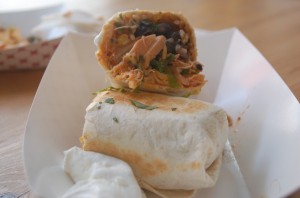
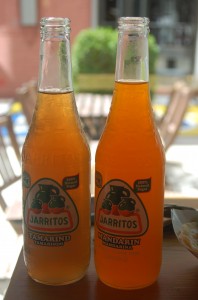







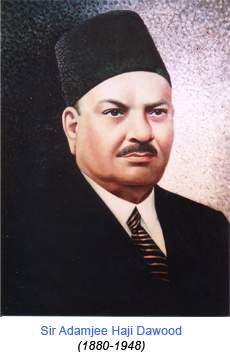 Returning to the story of Sir Adamjee (no, I didn’t forget), an essential omission was his prominent status among the Memon community: a well-known and Islamic people renowned for their business acumen and who can be found in the upper echelons of commerce in every corner of the globe. This was not always the case – not even close. Adamjee, lacking any formal education whatsoever, started by working for his father’s humble trading company (if you could even call it that) as a child before quickly being sent off to Calcutta where he would fend for himself, and eventually – while still a teenager – seeking to expand his horizons took a business trip to Burma. His commercial sortie coincided with the calamities of both World Wars. In a then unorthodox move, he committed his capital into stockpiling basic commodities such as jute, rice, and matches (coincidently, those popular among military personnel). In the aftermath of the German bombing of Madras there was a severe shortage of these same essential items. Likewise – as if to prove his newfound wealth was not just the result of luck and timing – during the Japanese invasion of Calcutta in WWII, with the future of the subcontinent being as predictable as a thousand coin-flips, the value of those same goods nose-dived deeper than the
Returning to the story of Sir Adamjee (no, I didn’t forget), an essential omission was his prominent status among the Memon community: a well-known and Islamic people renowned for their business acumen and who can be found in the upper echelons of commerce in every corner of the globe. This was not always the case – not even close. Adamjee, lacking any formal education whatsoever, started by working for his father’s humble trading company (if you could even call it that) as a child before quickly being sent off to Calcutta where he would fend for himself, and eventually – while still a teenager – seeking to expand his horizons took a business trip to Burma. His commercial sortie coincided with the calamities of both World Wars. In a then unorthodox move, he committed his capital into stockpiling basic commodities such as jute, rice, and matches (coincidently, those popular among military personnel). In the aftermath of the German bombing of Madras there was a severe shortage of these same essential items. Likewise – as if to prove his newfound wealth was not just the result of luck and timing – during the Japanese invasion of Calcutta in WWII, with the future of the subcontinent being as predictable as a thousand coin-flips, the value of those same goods nose-dived deeper than the 

